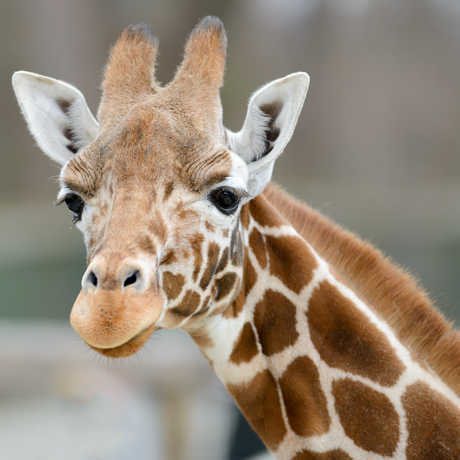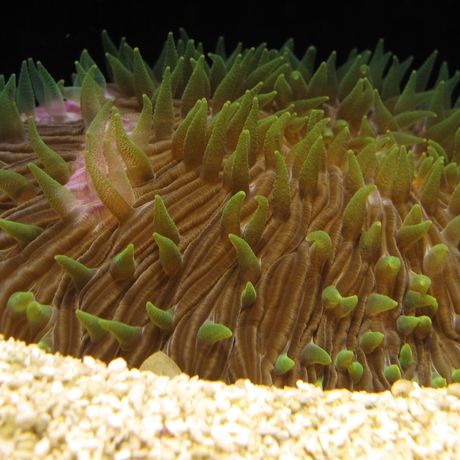Learn the benefit of using videos in the classroom, and browse resources to help you get started.
Grade level: 6-13+
Length: 7.5 minutes
Next Generation Science Standards: MS-LS2.A, MS-LS4.C, HS-LS2.D, HS-LS4.C
Summary
Every summer evening, deep in the Hill Country of central Texas, hundreds of thousands of Brazilian free-tailed bats (Tadarida brasiliensis) pour from the mouth of a limestone cave. The pungent smell of guano and the rush of sound and air from so many wings beating at once is an experience that truly overwhelms the senses. Then, just like that, it’s over—in a matter of minutes, members of the entire colony have emerged from the cave and disappeared into the dusk for their nightly foraging flight. To the naked eye, in real-time, the colony exodus is a blur of wings and bodies moving too fast to track. Yet somehow, the entire colony manages to exit the cave, night after night, without traffic jams or (many) casualties. How do they achieve this incredible feat? Scientists Nickolay Hristov and Louise Allen set out to answer this question. Using the latest generation of high-speed video cameras, they have captured these events—and interactions among individual bats—in spectacular detail. Now, frame by frame, they are discovering that it’s not always necessary for nature to come up with the perfect solution—just one that’s good enough.
Video Discussion Questions
- What is it about the behavior of the Brazilian free-tailed bats that is so extraordinary?
- Why do you think the bats come out of their cave all at once instead of coming and going one at a time or in smaller groups?
- What characteristics of these bats can scientists see by studying them using high-speed video?
- What kind of flying are bats well adapted ('optimized') for? What kinds of flight behaviors are they not well adapted for?
- What are some of the challenges the scientists in this video face in their research? What research questions are they trying to answer?
- Does evolution lead to perfect systems or structures? Why or why not?
- What kinds of things are scientists learning about what influences bats' flight behavior coming out of the cave? What are some questions they have that they don't yet know the answers to?
- Do bats ever crash into each other?
- What are some things you were able to see happen in the time lapse videos that you probably wouldn't otherwise be able to see?




